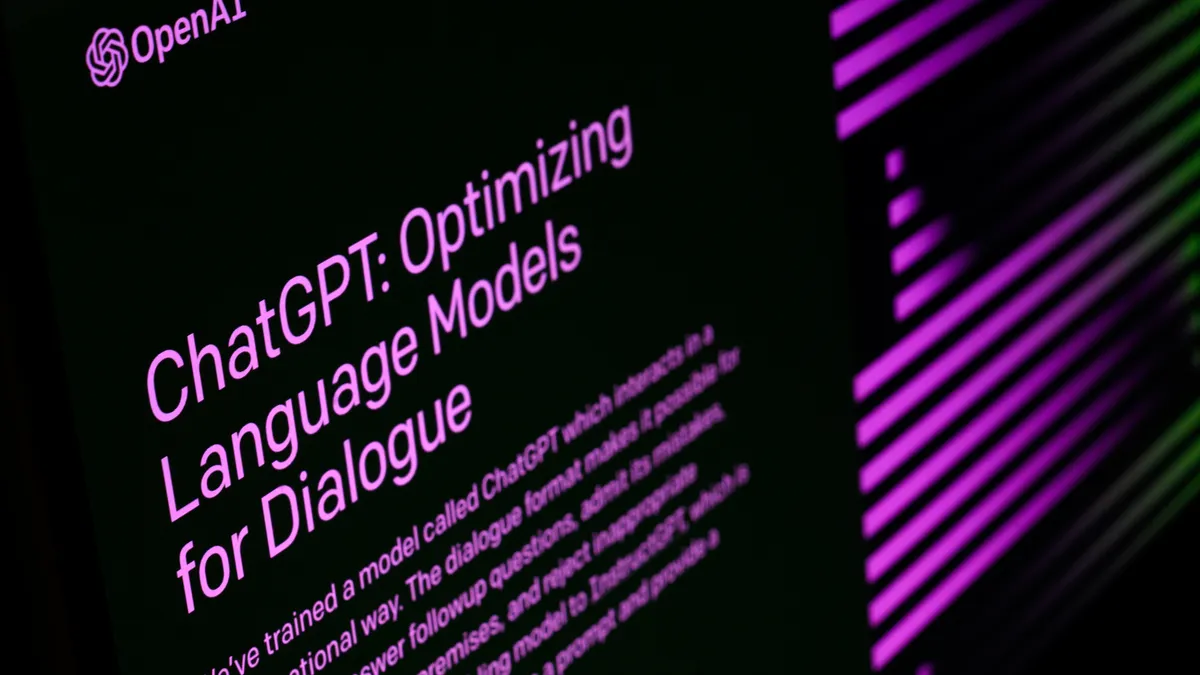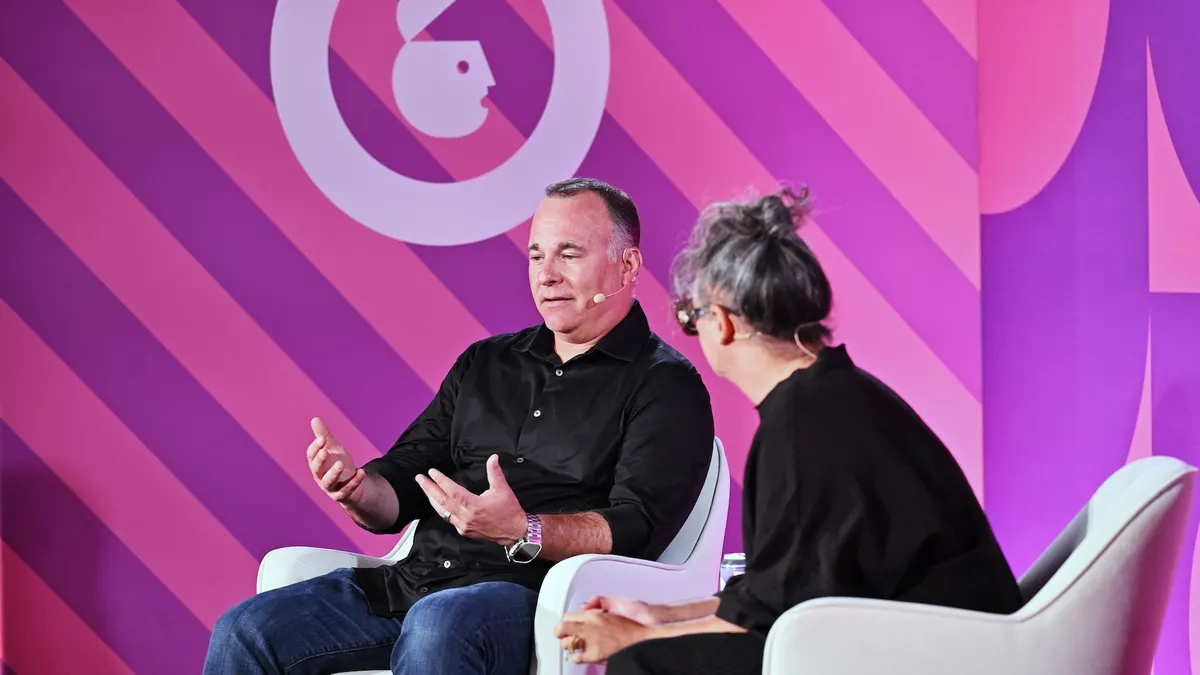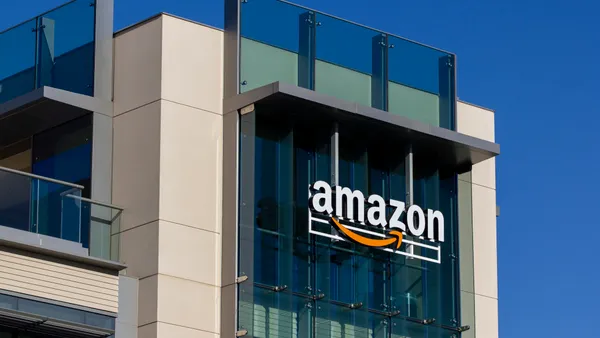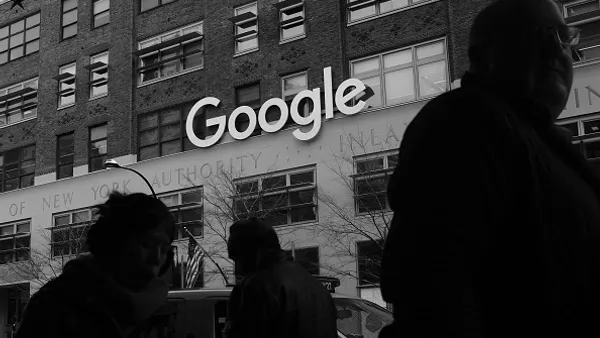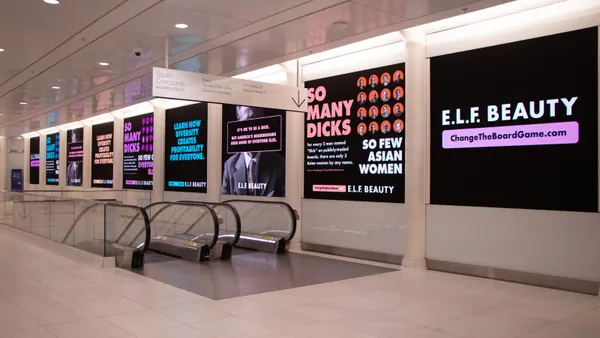Dive Brief:
- Generative artificial intelligence (AI), its influence on automation and a growing need for multifactor identification solutions are dominating advertisers’ thoughts as the industry begins 2025, according to Mediaocean’s “2025 H1 Advertising Outlook Report.”
- While marketers continue to prioritize digital channels for their spending in the first half of the year, 63% of respondents identified generative AI as the most critical consumer trend they’re watching in 2025, surpassing even connected television.
- Automation is the only investment area for marketers that grew since Mediaocean’s last survey, with 17% more marketers naming it as most critical. However, a staggering 86% of advertisers report a lack of synchronization between creative and media processes.
Dive Insight:
A key takeaway from Mediaocean’s research is that the industry is still grappling with how to best integrate AI into business operations in ways that make sense. The report is based on surveys of nearly 700 marketing and advertising professionals that were fielded in November 2024.
The growth in automation as a critical investment area is tightly woven together with AI, per Mediaocean. At the same time, the application of AI is still very tactical. The most common applications of AI by respondents are data analysis (47%), market research (38%), copywriting (32%) and image generation (22%).
Instead of the piecemeal approach reflected in these numbers, marketers may want to look at ways to implement AI across their entire ecosystems, suggested Brian Wieser, CEO and Principal of Madison and Wall, in a foreword for the report.
“The key factor driving adoption of AI is an ongoing need for efficiency — which is a laudable objective — but the ways in which efficiencies are realized often causes marketers to focus on individual functions rather than whole systems,” Wieser wrote.
The disconnect Wieser refers to is reflected in the finding that only 14% of advertisers feel their creative and media are fully synchronized. The findings suggest significant room for improvement, which will only be realized once marketers shift their focus away from short-term results to bigger-picture strategies, per Wieser.
“If marketers [agree] that better creative and better ideas drive better media performance, why are they not more tightly integrated?” Wieser wrote.
Elsewhere in the report, marketers are less concerned about the prospect of a cookieless future (39% in 2023 vs. 31% in 2024), but they are still looking for ways to better measure campaign effectiveness on the open web. This will become more urgent when Google offers more prominent consumer opt-out mechanisms in lieu of deprecating the cookie. As a result, advertisers are exploring multi-ID measurement across formats, browsers and devices.
Finally, digital media continues to dominate ad budgets. Social media, digital display/video and connected TV (CTV) remain the fastest-growing channels. Specifically, 68% of survey respondents said they would increase social media spending, 67% said they would increase digital and display while 55% said they would increase CTV. Meanwhile, 28%, 30% and 36%, respectively, said they would maintain their investments in these channels.


